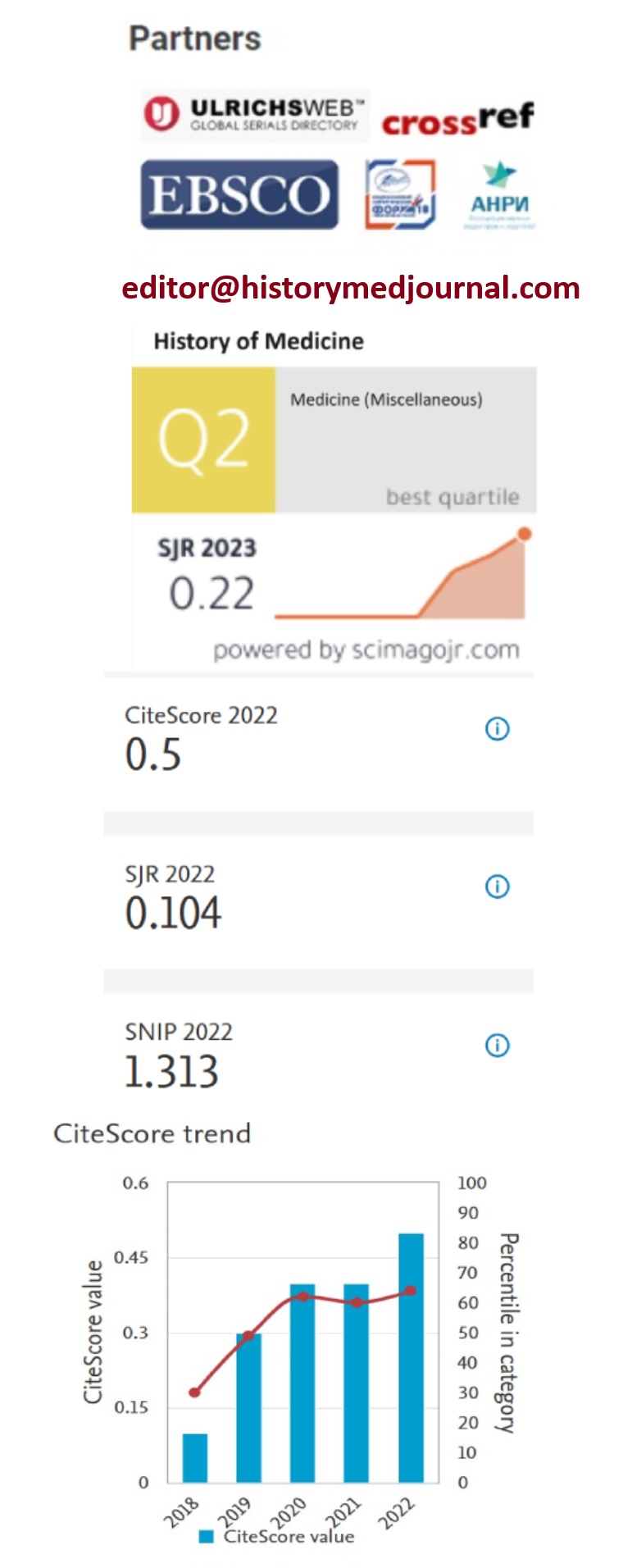-
Comparison of Efficacies of Sofosbuvir/Daclatasvir with Sofosbuvir/Ribavirin for Hepatitis C Virus Genotype 3 Treatment in a Tertiary Care Center in Karachi
Volume -10 | Issue -2
-
BIOCHEMICAL PROFILING AND MOLECULAR CHARACTERIZATION OF BETA GLOBIN GENE OF BETA THALASSEMIA MAJOR PATIENTS IN PUNJAB, PAKISTAN
Volume -10 | Issue -2
-
Fear of Negative Evaluation and Procrastination: Exploring the Mediating Role of Self-Efficacy and Self-Esteem in University Students
Volume -10 | Issue -2
-
BIOCHEMICAL PROFILING AND MOLECULAR CHARACTERIZATION OF BETA GLOBIN GENE OF BETA THALASSEMIA MAJOR PATIENTS IN PUNJAB, PAKISTAN
Volume -10 | Issue -2
-
Fear of Negative Evaluation and Procrastination: Exploring the Mediating Role of Self-Efficacy and Self-Esteem in University Students
Volume -10 | Issue -2
Outcome of Flexible Ureretrenoscope With Compare to Without Use of Ureteral Access Sheath in Iraqi Patients, Retrospective Study
Main Article Content
Abstract
Background: The technology and uses of urology's minimally invasive procedures have undergone considerable developments in the previous 40 years. One of the most widely used diagnostic and therapeutic methods for addressing a range of upper urinary tract problems, includes stone, tumours, coagulation, biopsies, etc. is the flexible ureteroscopy (FURS) technique. The most common use of FURS is to treat upper urinary tract stone disease with laser lithotripsy. Because of advances in endoscopic surgery methods, FURS is now frequently utilized in the treatment of stones larger than 2 cm. FURS has shown to be a straightforward, effective, and secure strategy. The therapeutic utility of FURS as a first-line treatment for urolithiasis may be expanded with further development. Patients and methods: Over a ten-month period, the flexible URS of pusen was used to treat over 35 patients with F-URS (15-10-2020 to 1-12-2022). Four patients received access sheath treatment, but not the remaining patients. Results: All of the UAS patients had kidneys that were in excellent condition and free of gravel, despite the fact that three of them had minor injuries and two had access problems. As there is never a trauma that makes access smooth and uncomplicated, only two patients need preliminary double JJ insertion for a month in those without UAS.

